Marketing Briefing: What will the top marketing trends in 2024 be?
Control (or lack thereof) of brand narrative
Marketers are used to having control over their brands — whether they’ve truly ever had it is another conversation — but in 2024 marketers will have to get used to giving up some control if they want to truly be a part of culture. As we previously reported, marketers are starting to recognize that they’re having to change tactics to influence how their brands are talked about online rather than hoping for the control they once had to continue.
“In 2023, we witnessed the growing abdication of brand control, spurred on by a deepening of audience and creator control over messaging and brand meaning,” said Tom Krell, cultural connections planning director, EP+Co, in an email. “Some of the year’s biggest and best social trends, including the rise of ‘deinfluencers’ and brands learning how to involve culture in product storytelling (like we saw with the Grimace Shake trend), contributed to this.”
Krell continued: “Further, concerns about consumer privacy, evolving user privacy laws and stricter data privacy standards have changed the ways brands can control the messaging milieu. So what does it all mean? In 2024, culture will take control of brands. But less control does not mean less brand power. The brands that handle the loss of control most gracefully, by co-creating their identity and messaging alongside and within communities will win big.”
Listening to what consumers want and responding
Finding ways to become part of communities, whether that’s through more investment in influencer marketing (an obvious and expected trend of 2024) or group chats or some other way, will be necessary in the new year. Putting processes in place to respond quickly when your brand is talked about online, will also be crucial for marketers this coming year.
“Accelerating brand response to the speed of culture: TikTok and the social landscape at large is moving faster than ever and brands have gotten better at taking something that happens, or indirectly involves them, and creating rapid, custom responses that often lead to earned attention,” said Matt Lang, director, marketing strategy for Gale. “For brands that can pull it off, it’s a smart playbook — we’ll see more brands looking to execute at speed in 2024.”
Speed is just one element that marketers are starting to adopt. Spending more time listening and responding when their brands are talked about has become more important for brands this past year. That will continue in 2024.
“Gen Z and millennials are rewriting the marketing playbook and pointing straight toward TikTok,” said Arielle Carter, gvp of social content and engagement strategy at Razorfish.
“This platform, once overlooked, is becoming a bustling marketplace for organic engagement, where brands can finally let their true colors shine. They can’t create manufactured personas or chase forced trends. 2024 belongs to the brands that break free from the mold and are the ones who listen, who understand, and who build communities around shared values.”
Ripple effects of the death third-party cookie
Google has already kicked the can down the road, so to speak, a few times when it comes to the death of third-party cookies in Chrome. While the company says the deadline is still on, marketers and agency execs have been skeptical that they’ll stick to it. The urgency marketers had early on when the death of the third-party cookie was announced has waned with many not nearly as prepared as they should be. When — er, if — the third-party cookie finally does crumble in Chrome this year, marketers and agency execs expect it’ll be messy.
“If Google retires the third-party cookie as planned, I expect to see drama,” said Jeremy Whitt, executive media director, Hanson Dodge. “We’re all still more reliant on third-party data than we want to admit, and there’s such little consensus as to whether we’ve ‘solved’ the problem with existing probabilistic or deterministic solutions. Will new audience graphs be reliable enough? Will we depend more on publishers for data? Will advertisers need to abandon some tactics due to a combined lack of scale and addressability?”
While those questions remain, marketers will bolster efforts to collect first-party data through their websites, chatbots, apps and more to help manage the shift. It will likely have to go beyond brands’ owned channels, though.
“In order for first-party data to work in 2024 and beyond, brands need to provide enough value for customers to encourage them to share their information long-term,” said Sarah Morris, director of digital strategy and investment, PPK. “As we head into 2024, using incentives like sweepstakes and coupons to collect customer data and then activating on it with partners who have identity graphs will play a big role in helping brands big and small adapt to a cookieless future.”
Aside from prioritizing first-party data efforts, in 2024 there will be a push for more transparency “across data, inventory, and commercial terms,” noted Joshua Lowcock, president, Quad Media. “With the spotlight increasingly focused on non-disclosed inventory sources, consumers in the US, at a State level, getting more control over their data rights, and third-party cookie deprecation set to (finally) become a reality, the ability for bad behaviors to hide in the industry-self-induced complexity will come to an end.”





![[branded content] De vijf belangrijkste customer experience trends voor 2024](https://www.pharmamarketeer.nl/wp-content/uploads/2024/04/customer-experience-385x300.jpg)




